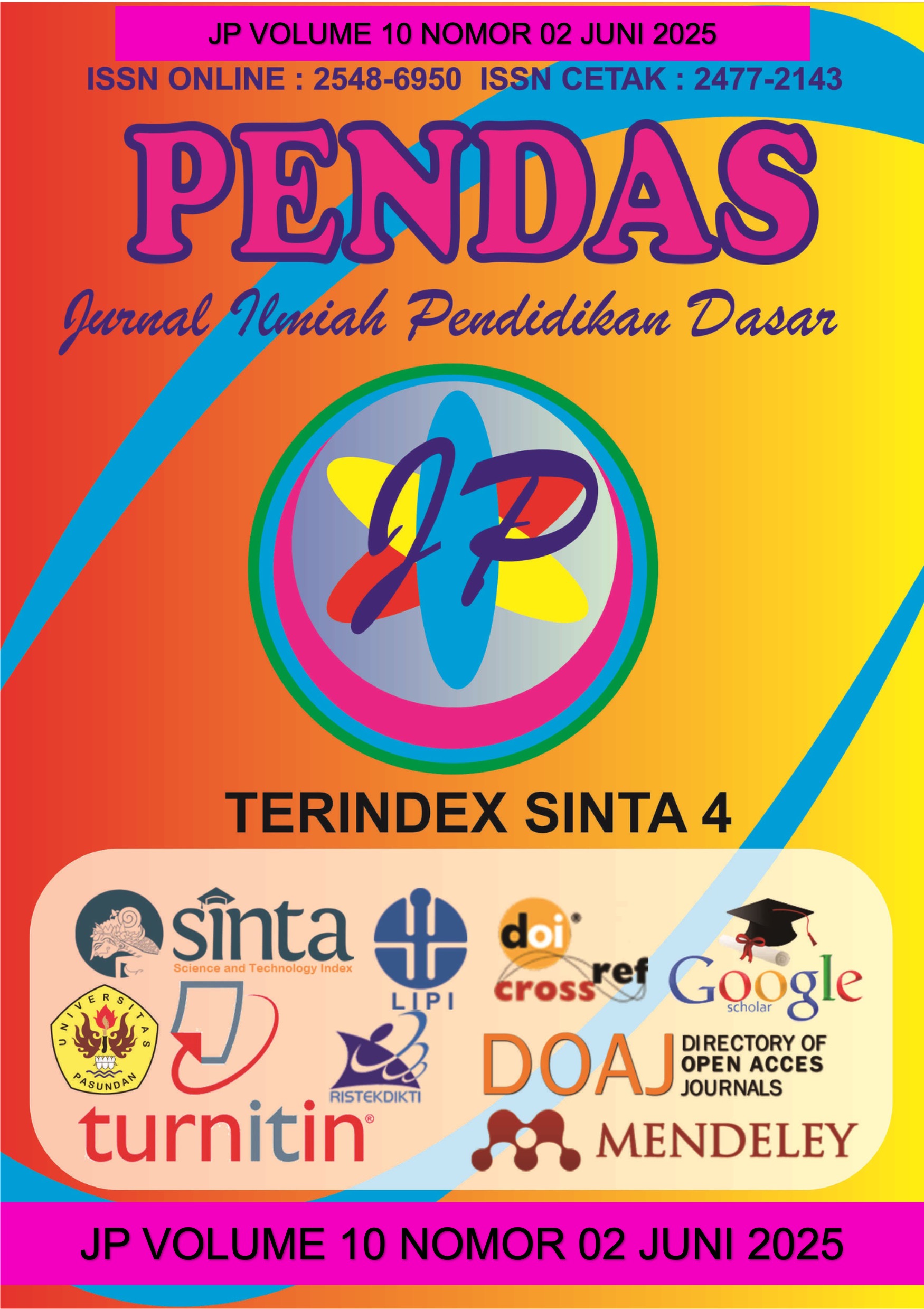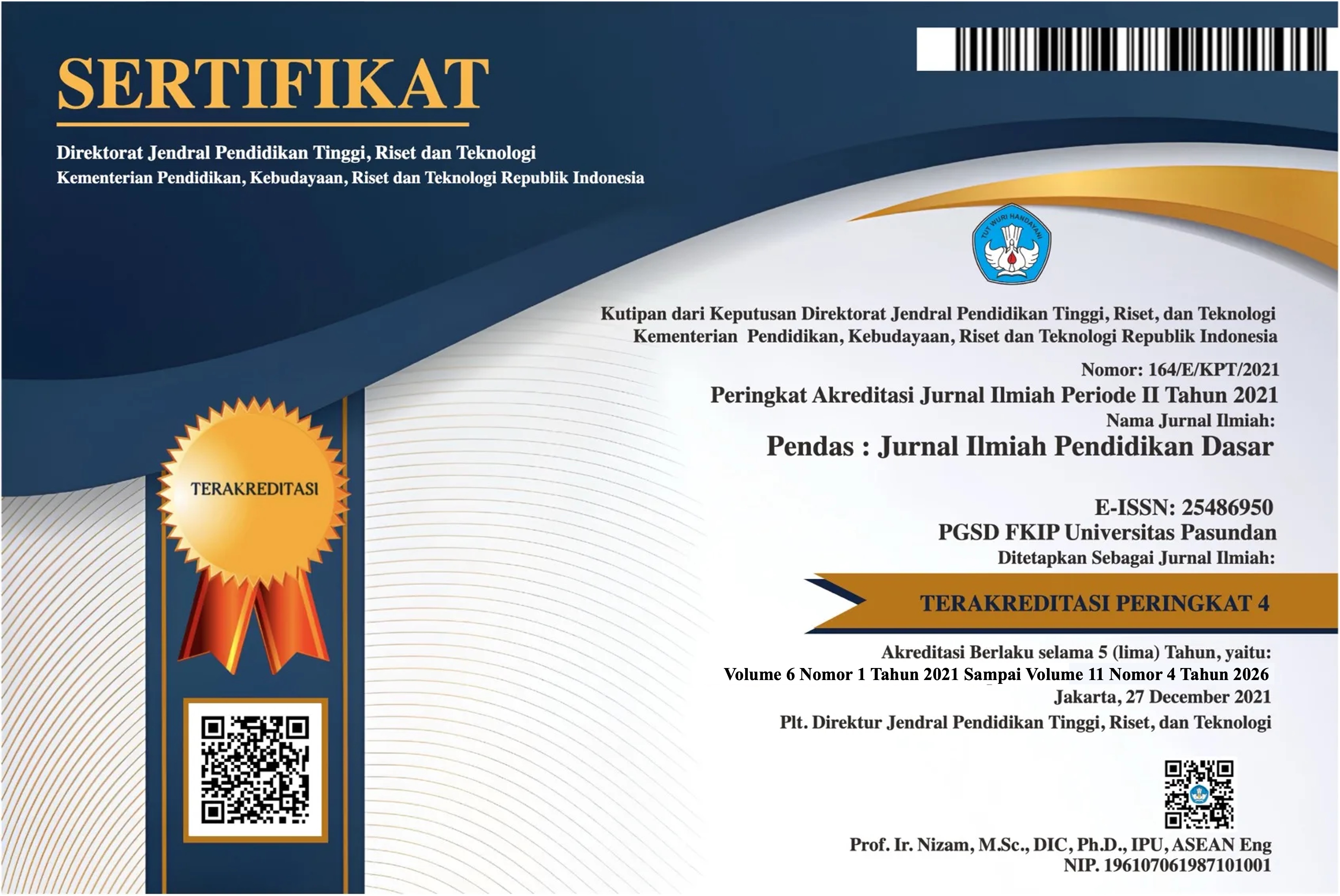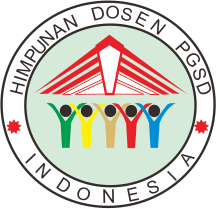VALIDITAS DAN PRAKTIKALITAS E-MODULE BERBASISI INKUIRI TERBIMBING YANG DISERTAI LABORATORIUM VIRTUAL UNTUK MENINGKATKAN KEMAMPUAN BERPIKIR KRITIS SISWA
DOI:
https://doi.org/10.23969/jp.v10i02.24116Keywords:
e-module, virtual laboratory, guided inquiry, critical thinking skillsAbstract
The purpose of this study is to evaluate the validity and practicality of e-modules based on inkuiri, which are complemented by virtual laboratories in the research materials to increase the critical thinking skills of SMA students. This type of research is called research and development (R&D) and it follows the Borg and Gall model, which breaks down several phases into three main stages: research, development, and research. The research instrument is a validation tool used by researchers and practitioners using the Likert scale. The analysis's results indicate that the penilaian scores are in the right category, with the highest scores coming from the categories of material (3,50), media (3,85), bahasa (3,75), and analysis (3,65). Based on the validity and practicality tests, it is concluded that the e-modules are both valid and practical to use.
Downloads
References
Aktamis, H., & Yenice, N. (2010). Determination of the science process skilss and critical thinking skill levels. Procedia – Social and Behavioral Sciences 2(2)/ 3282-3288.
Artayasa, I. P., Susilo, H., Lestari, U., & Indriwati, S. E. (2017). The effectiveness of the three levels of inquiry in improving teacher training students' science process skills. Journal of Baltic Science Education, 16(6), 908-918.
Borg, W.R & Gall,M.D.(1983) Education Research an Introduction (Revision Edition). USA: Von Hoffman Press.
Coffman, T. (2009). Engaging students through inquiry-oriented learning and technology. United States: Rowman & Littlefield Education.
Conway, J. C. (2014). Effects of guided inquiry versus lecture instruction on final grade distribution in a one-semester organic and biochemistry course. Journal Of Chemistry Education, 91(4), 480-483. DOI: 10.1021/ed300137z.
Ennis, R. H. (2016). Critical thinking across the curriculum: a vision. Topoi, 37(1), 165-184. DOI: 10.1007/s11245-016-9401-4
Fausih, M., & Danang, T. (2015). Pengembangan Media E-Modul Mata Pelajaran Produktif Pokok Bahasan “Instalasi Jaringan Lan (Local Area Network)” Untuk Siswa Kelas XI Jurusan Teknik Komputer Jaringan Di Smk Nengeri 1 Labang Bangkalan Madura. Jurnal UNESA, 01(01), 1–9.
Fisher, A. (2009). Berpikir kritis: sebuah pengantar. (Terjemahan Benyamin Hadinata). Jakarta: Penerbit Erlangga. (Edisi asli diterbitkan tahun 2007 oleh Cambridge University Press).
Halpern, D. F. (1998). Teaching critical thinking for transfer across domains: dispositions, skills, structure training, and metacognitive monitoring. American Psychologist, 53(4), 449-455. DOI: 10.1037/0003-006X.53.4.449.
Hakim, L. (2014). Pengembangan Modul Elektronik Berbasis Problem Based Learning pada Materi Pencemaran Lingkungan untuk Memberdayakan Kemampuan Memecahkan Masalah (Unpublished master thesis), Universitas Sebelas Maret Surakarta
Jatmiko, B., Prahani, B. K., Supardi, Z. A., Wicaksono, I., Erlina, N., Pandiangan, P., & Althaf, R. (2018). The comparison of OR-IPA teaching model and problem based learning model effectiveness to improve critical thinking skills of pre-service physics teachers. Journal of Baltic Science Education, 17(2), 300-319.
Kirschner, P. A., Sweller, J., & Clark, R. E. (2006). Why minimal guidance during instruction does not work: An analysis of the failure of constructivist, discovery, problem-based, experiential, and inquiry-based teaching. Educational psychologist, 41(2), 75-86. DOI: 10.1207/s15326985ep4102_1.
Kuhlthau, C. C., Maniotes, L. K., & Caspari, A. K. (2007). Guided inquiry learning in the 21st century. London: Libraries Unlimited.
Mabruroh, F., & Suhandi, A. (2017). Construction of critical thinking skills test instrument related the concept on sound wave. Journal of Physics: Conference Series 812 012056, 1-6.
Ngalimun. (2017). Strategi pembelajaran. Yogyakarta: PaRama Ilmu.
Ramdhani, M. A. & Muhammadiyah, H. (2015). The Criteria of Learing Media Selection for Character Education in Higher Education. Proceeding International Conference of Islamic Education. Malang: Maulana Malik Ibrahim State Islamic University
Riduwan. 2010. Metode dan Teknik Menyusun Tesis. Bandung:Alfabeta
Sahyar., Sani, R. A., & Malau, T. (2017). The effect of problem based learning (PBL) model and self-regulated learning (SRL) toward physics problem solving ability (PSA) of students at senior high school. American Journal of Educational Research, 5(3), 279-283. DOI:10.12691/education-5-3-8.
Saputra, R. R., & Razak, A. (2020). Problem Analysis and Requirement of Biology Materials by EModule Based on Android in SMAN 3 Padang. International Journal of Progressive Sciences and Technologies, 20(1), 102-108.
Sursana, I.M dan Mahayuki G.A.2013. Pengembangan E-modul Berorientasi Pemecahan Masalah untuk Meningkatkan Keterampilan Berpikir Kritis Mahasiswa. Jurnal Pendidikan Indonesia Vol.2, No. 2,Oktober 2013.Jurusan Pendidikan Matematika, Fakultas MIPA Universitas Pendidikan Ganesha.
Sufiyah, L. & Sumarsono, H. (2015). Pengembangan Media Pembelajaran Modul Elektronik Interaktif pada Mata Pelajaran Ekonomi untuk Kelas X Lintas Minat Ekonomi SMA Laboratorium UM Kota Malang. Jurnal Pendidikan Ekonomi, 8 (2), 64-74.
Tazkiyah, A., Sulur, S., & Fawaiz, S. (2020). Pengembangan Modul Elektronik Dengan Feedback Berbasis Android Materi Suhu Dan Kalor Untuk Siswa SMA/MA. Jurnal Pendidikan Fisika Dan Teknologi, 6(1), 31.
Ultay, N., & Calik, M. (2012). A thematic review of studies into the effectiveness of context-based chemistry curricula. Journal of Science Education and Technology, 21(6), 686-701. DOI: 10.1007/s10956-011-9357-5.
Wegener, M, McIntyre TJ, McGrath D, Savage CM & Williamson M. 2012. Developing a virtual physics world. Australasian Journal of Educational Technology, Vol. 28, No. 3, p. 504–521.
Downloads
Published
Issue
Section
License
Copyright (c) 2025 Pendas : Jurnal Ilmiah Pendidikan Dasar

This work is licensed under a Creative Commons Attribution 4.0 International License.



















